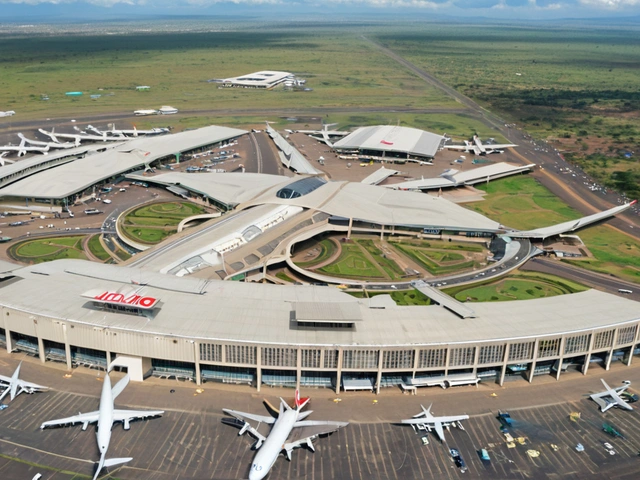Coal Industry News – What’s Happening Right Now
If you’re looking for straight‑forward info about the coal world, you’ve come to the right place. We break down the biggest stories, market moves, and policy shifts so you can understand what’s driving prices, jobs, and power generation.
Key Market Trends You Need to Know
The global demand for coal is wobbling between growth in developing regions and cutbacks in Europe and North America. In Africa, new projects are popping up as governments chase energy security and export earnings. At the same time, carbon‑reduction goals are forcing many miners to invest in cleaner tech or shift toward gas and renewables.
Price swings often follow weather patterns – a cold winter can spike demand for heating coal, while a hot summer pushes power plants to run more natural‑gas units. Keep an eye on shipping rates too; higher freight costs can make distant mines less competitive even if their coal is cheap at the pit.
Policy and Regulation That Matter
Regulators are tightening emissions rules across continents. The EU’s Carbon Border Adjustment Mechanism will add a cost to imported coal unless producers prove low‑carbon footprints. In South Africa, new mining licences require community consultation and stricter water‑use standards.
These policies create both challenges and opportunities. Companies that adopt carbon‑capture technology or switch to higher‑grade coal can stay ahead of the curve. On the flip side, firms stuck with outdated equipment may see permits delayed or fines increase.
Another hot topic is the push for “just transition” programs. Workers in coal towns are being offered retraining for renewable jobs, while governments fund social projects to smooth the shift. Follow local news in mining regions to catch stories about job fairs, scholarship schemes, and community investments.
Practical Tips for Investors and Professionals
When you’re scanning a coal stock or a mining contract, look beyond headline production numbers. Check the mine’s environmental compliance record – clean‑up costs can eat into profit quickly. Also, review the logistics chain: rail access, port capacity, and export taxes matter just as much as ore grade.
For analysts, a quick way to gauge market health is to compare spot prices with futures contracts. A widening gap often signals supply bottlenecks or upcoming regulatory shocks. Don’t forget to track currency moves; many African coal deals are priced in dollars but paid in local currencies.
If you’re on the ground, stay connected with industry groups and attend regional conferences. Those events are where new technologies – like automated haul trucks or low‑NOx burners – get showcased first.
What’s Next for Coal?
The next few years will test how flexible the coal sector can be. Expect more collaborations between traditional miners and clean‑tech firms, especially in carbon capture and storage. Watch for pilot projects that turn waste heat into power – they could extend the life of older plants.
Meanwhile, global climate talks keep pushing for faster decarbonisation. That means coal’s share of the energy mix will likely shrink, but demand won’t disappear overnight. Regions with growing populations and limited grid infrastructure will still rely on affordable coal for the near term.
Bottom line: stay informed, watch policy shifts, and keep an eye on technology upgrades. The coal industry may be old, but it’s still evolving, and keeping up with those changes can give you a clear edge.

In-depth Analysis of BBC News Article on U.S. Coal Industry Decline
An in-depth exploration of a recent BBC News article discussing a significant scientific study on the decline of the coal industry in the United States. The research, conducted by geology professors at Georgia Tech, quantifies U.S. coal reserves and analyzes the industry’s downturn, highlighting the broader implications for energy resources.




